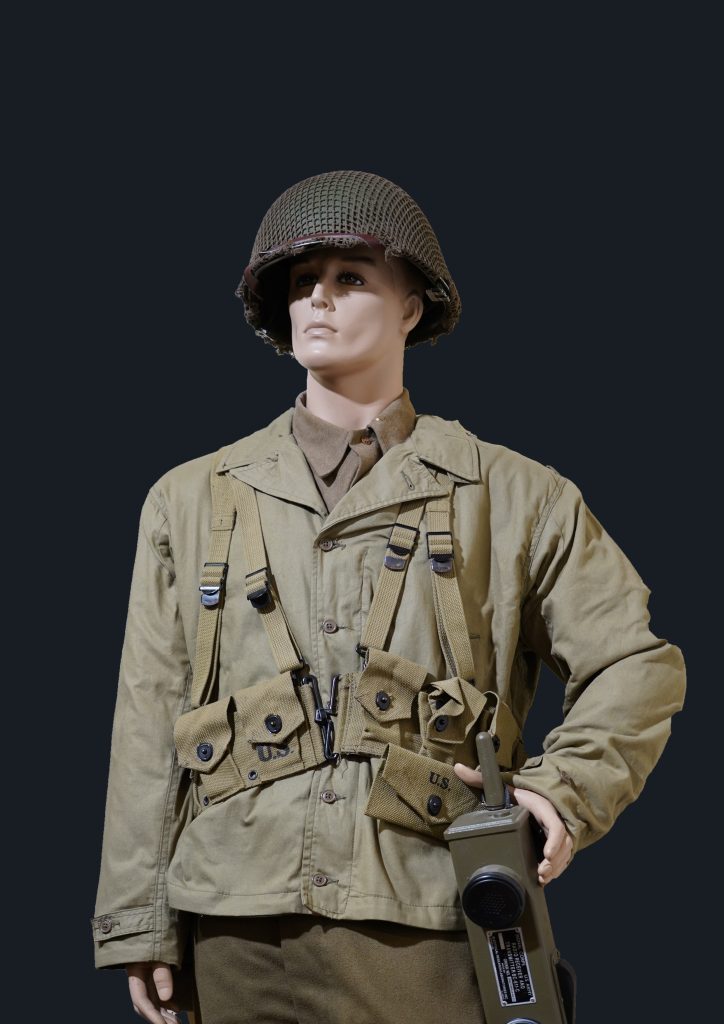




𝐖𝐞𝐥𝐜𝐨𝐦𝐞 𝐭𝐨 𝐭𝐡𝐞 𝐖𝐖𝐈𝐈 𝐕𝐚𝐧𝐠𝐮𝐚𝐫𝐝 𝐌𝐮𝐬𝐞𝐮𝐦 𝐨𝐟 𝐋𝐚𝐡𝐢𝐣𝐚𝐧
The first private WW2 and Military history collection in Northern Iran
located in the city of Lahijan, Gilan
About the Museum
The WWII Vanguard Museum of Lahijan was established in 2017 as a private collection focusing on WWII artifacts and serving as an educational center for WWII history.
The collection has been curated by Caren J. Omidi from various locations worldwide and displayed in different rooms within an old office building. Each room is designed to represent a specific theater of the Second World War.
When discussing World War II, familiar battles like the Battle of Normandy, Operation Market Garden in the Netherlands, the Battle of the Bulge, the Battle of Stalingrad in the Soviet Union, and the Battle of Iwo Jima in the Pacific often come to mind. However, the role of Iran in this global conflict is often overlooked. In August 1941, Anglo-Soviet forces launched an invasion of Iran to secure a strategic pathway for sending military aid to the Soviet Union. Subsequently, the US established the Persian Gulf Command to facilitate the delivery of lend-lease assistance to the Soviet Union through the Persian corridor. In 1943, the leaders of the three main Allied nations, including FDR from the USA, Churchill from the UK, and Stalin from the USSR, convened for the Tehran Conference. Located in the province of Gilan, beside the Caspian shores, Lahijan is renowned for its agriculture and forests. Amidst these natural attractions, the WWII Vanguard Museum stands as a unique site dedicated to preserving the history of World War II in Iran. Despite being bombed and occupied by the Soviet Union during the war, Lahijan now hosts the first and only WWII museum in Iran. Established in 2017, the museum was meticulously curated by Caren Omidi, who collected artifacts from various nations, including France, Belgium, the Netherlands, Germany, the US, the Czech Republic, and Italy. Additionally, newspapers and documents were sourced locally in Iran. Since its official opening to the public in May 2021, the museum has become a vital resource for understanding Iran's involvement in World War II.
Previous
Next
Previous
Next
Educating students is one of the primary missions of The WW2 Museum of Lahijan. Each month, groups of students ranging from primary schools to universities visit the museum to delve into the history of World War II.
The WWII Vanguard Museum of Lahijan
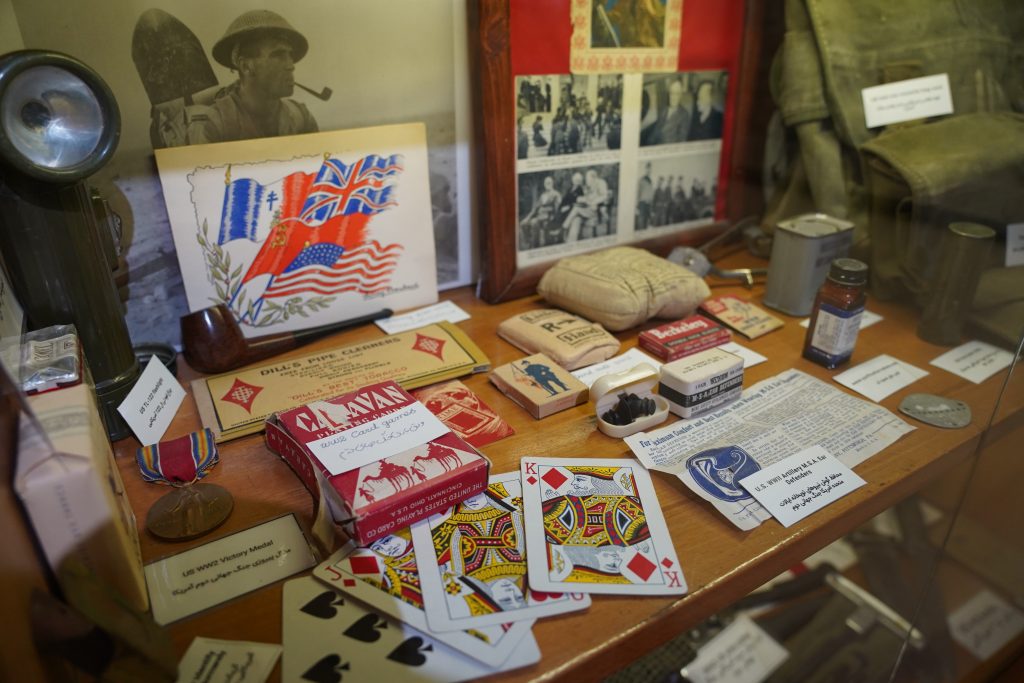
Personal items for the average soldier
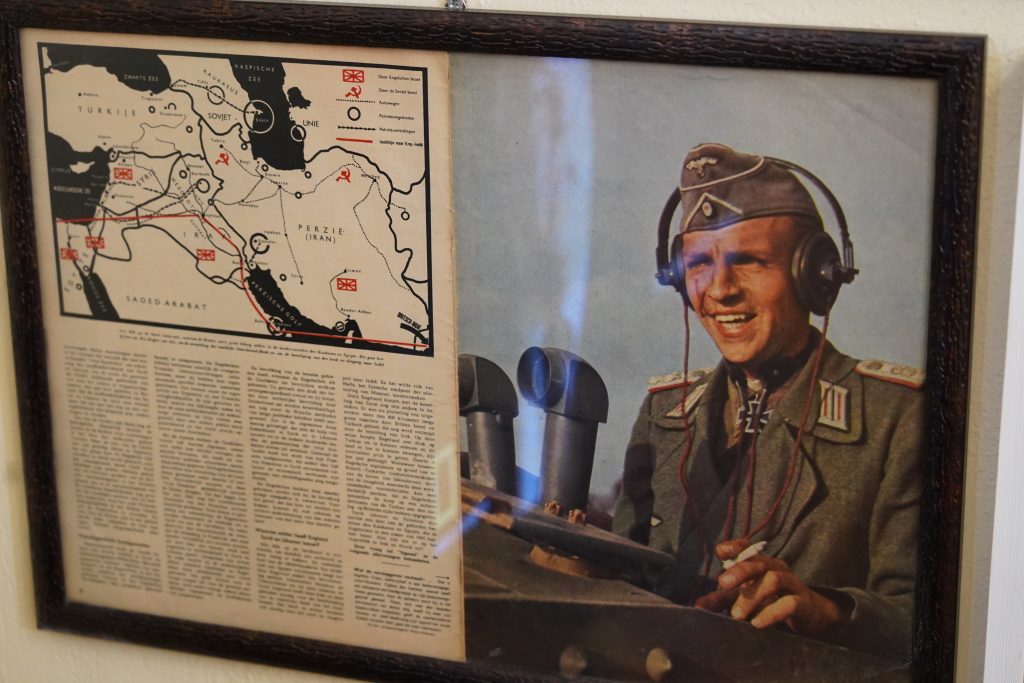
Magazines, Newspapers and articles from the 1940s
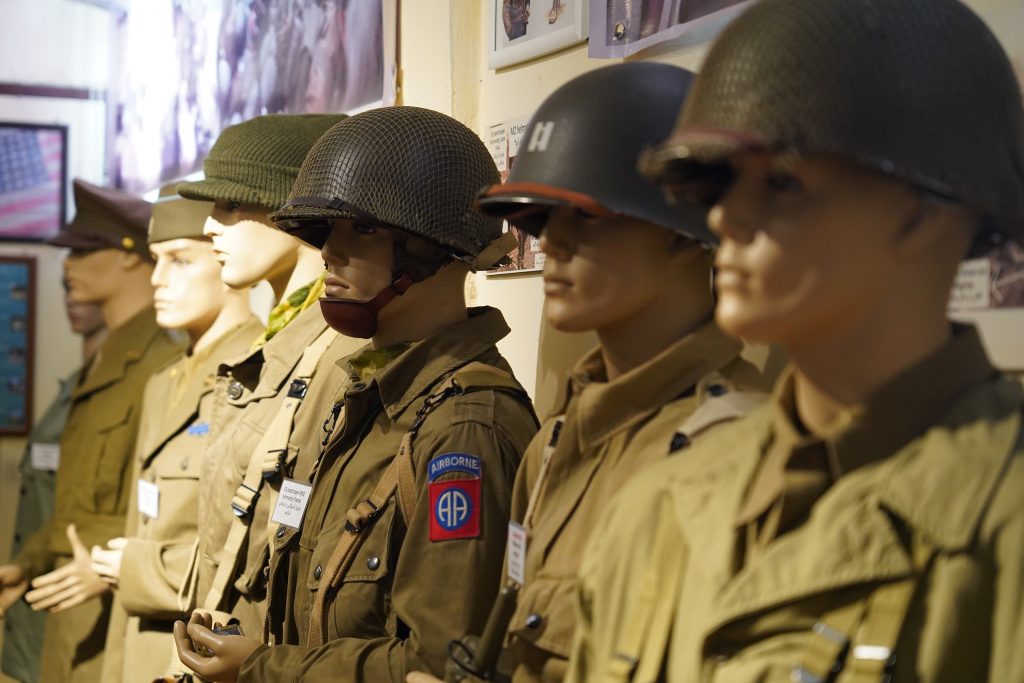
Western Allied Army uniforms

Allied and Axis leaders

German ID cards and papers from the Nazi era
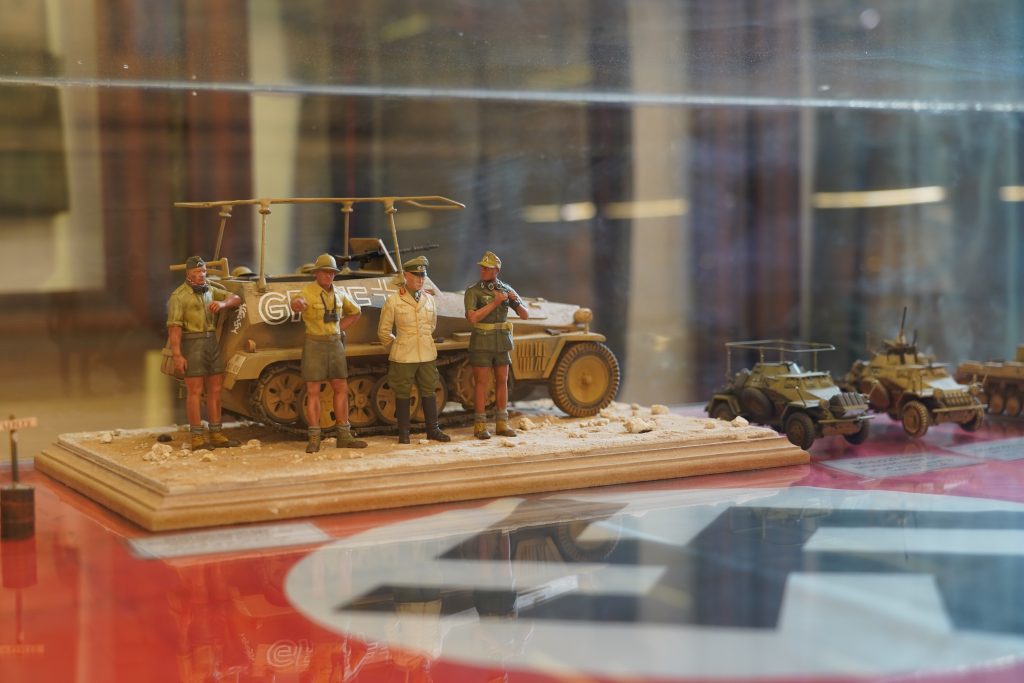
Rommel's Afrika Korps figures 1941-1943

Iranian officers from the 1940s
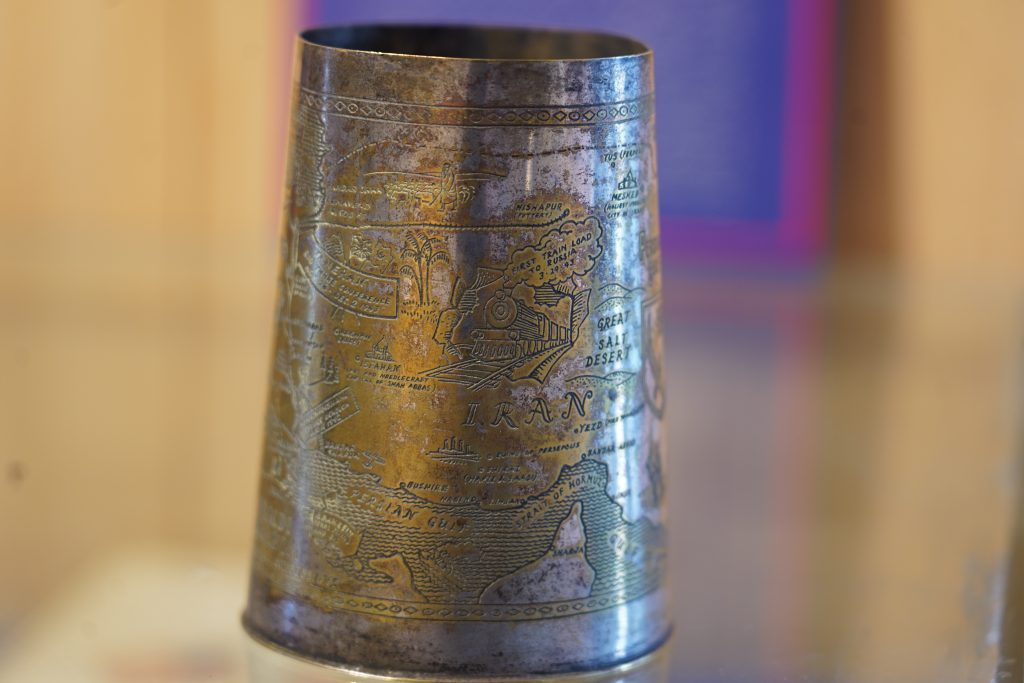
The Persian Gulf Command of the US cup with a map of Iran
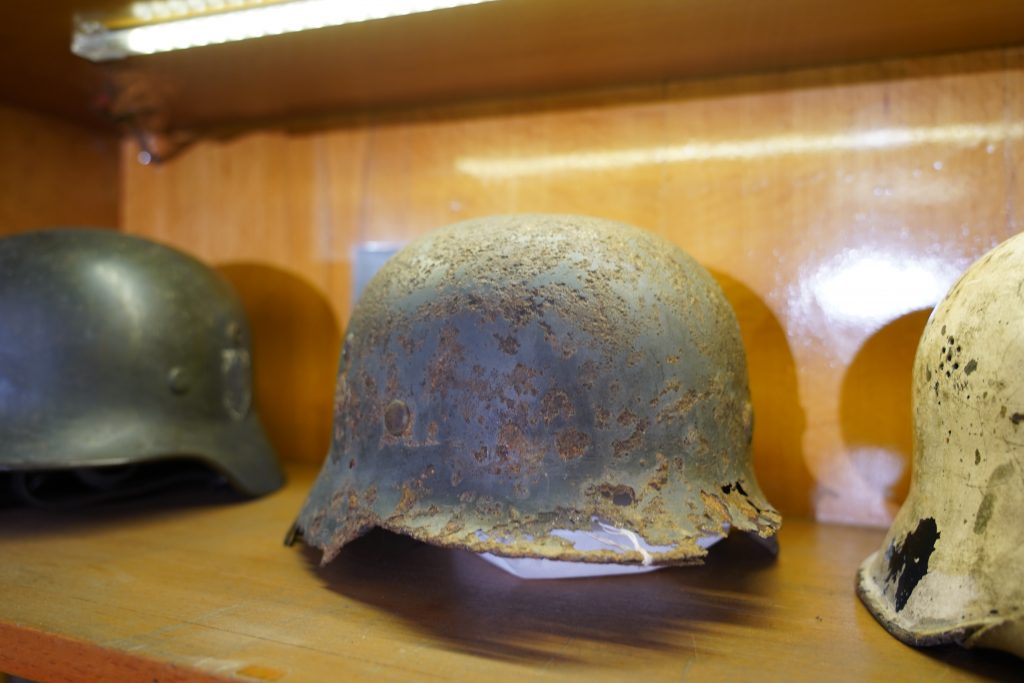
The German Stahlhelm used by German soldiers in combat
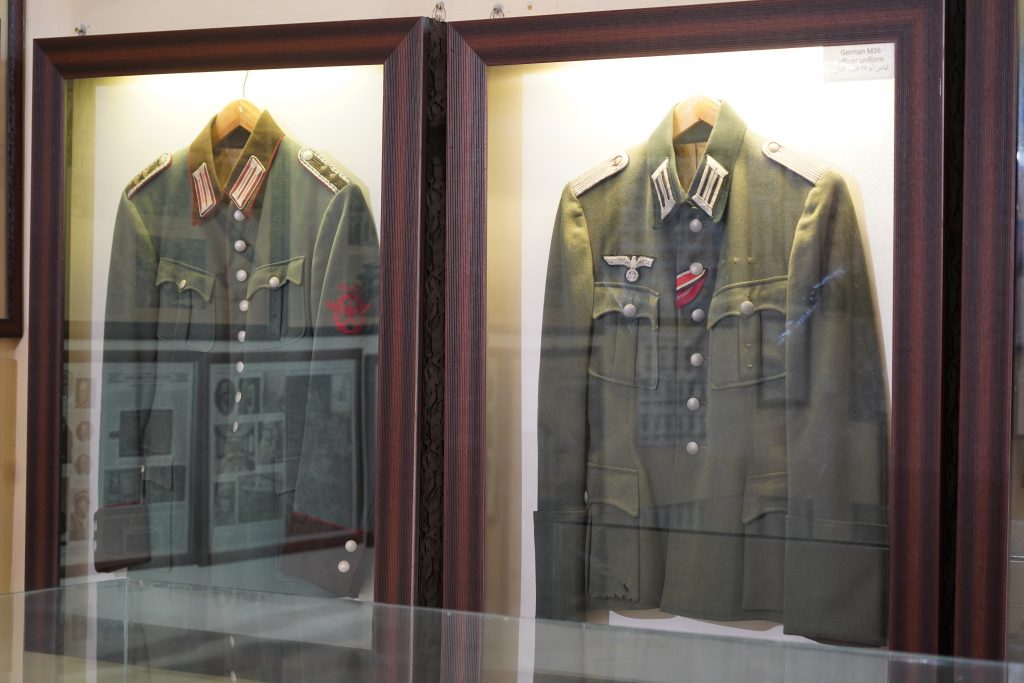
German uniforms WW2
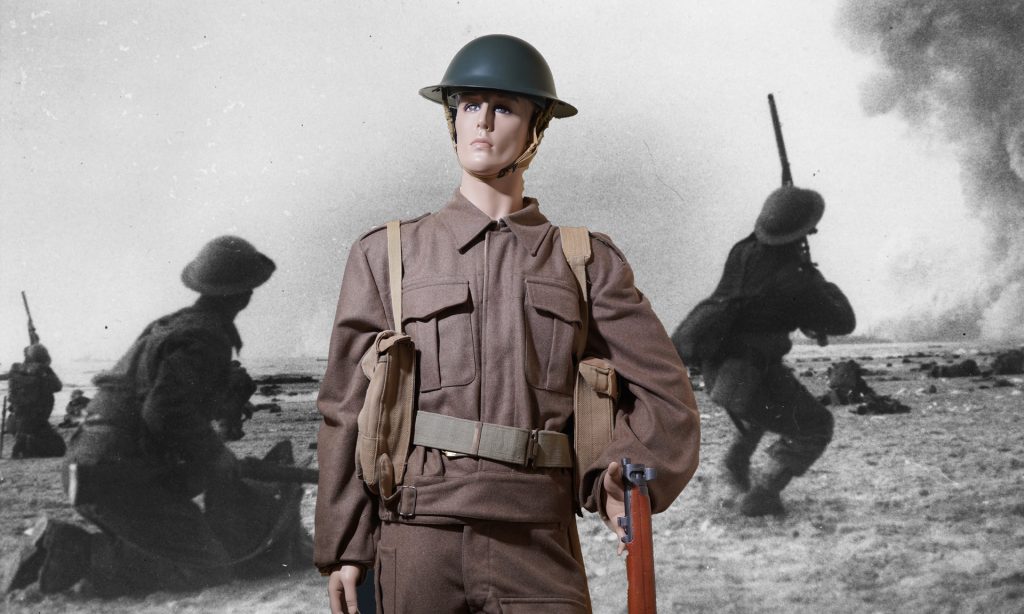
Uniforms of British and Commonwealth forces during the early years of WW2 such as the battles in Norway and France in 1940
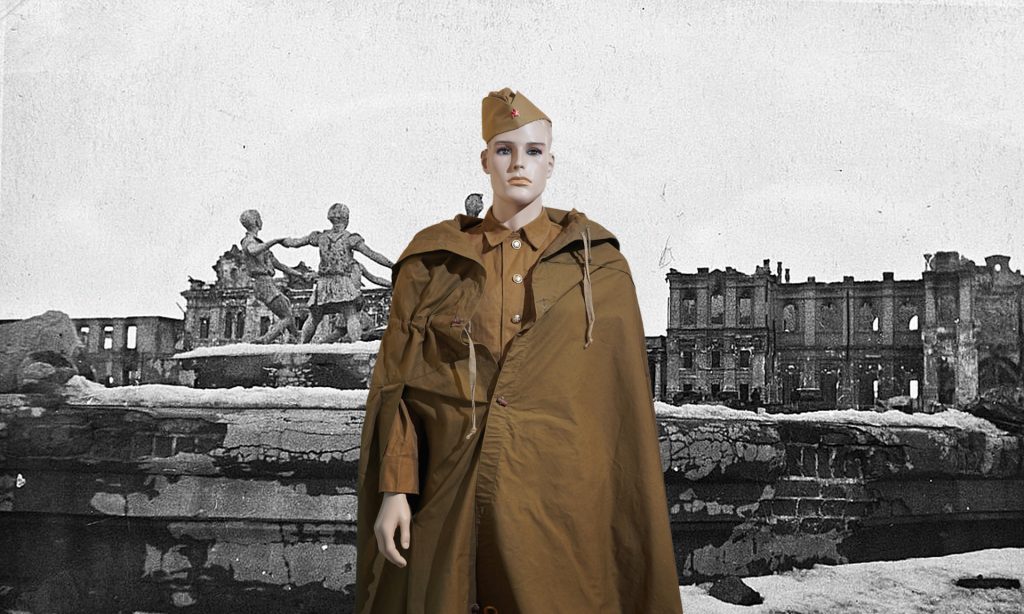
Soviet sniper in the Battle of Stalingrad 1942 in massive and deadly urban battles, both Men and Women of The Soviet Red Army took part in this great battle as snipers to combat the German 6th army in Stalingrad

82nd Airborne Division made the assaults behind the beaches on which the Seventh Army landed the 1st, 3rd, and 45th Divisions. HUSKY I was conducted by the 505th PIR under Colonel James M. Gavin
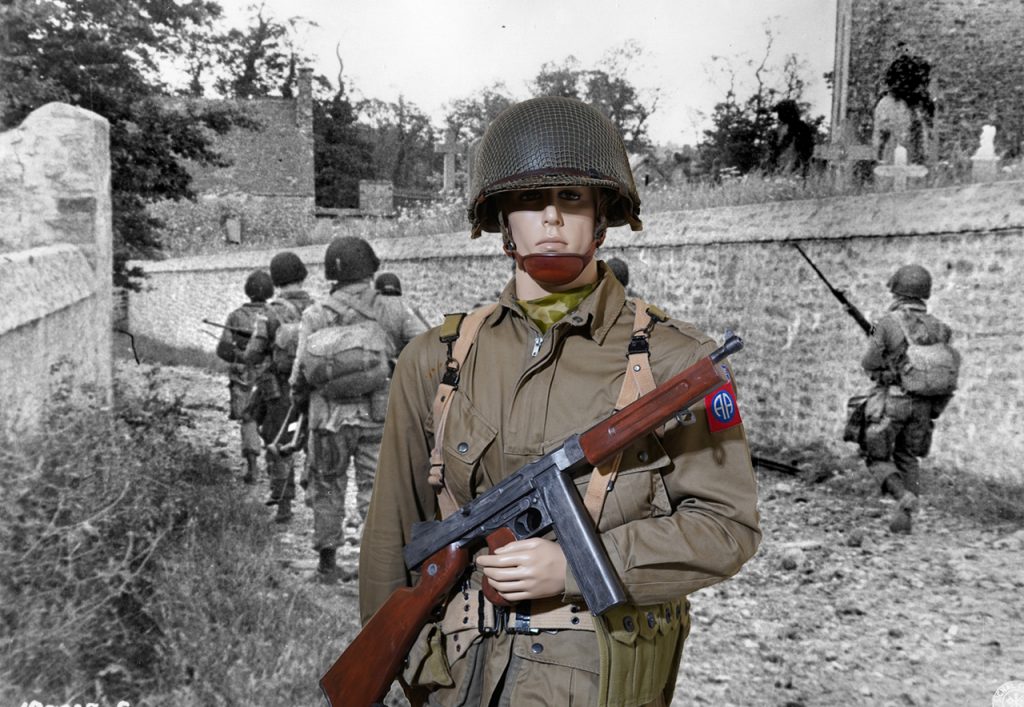
June 6th, 1944 paratroopers of the 82nd and 101st Airborne land behind Utah beach to secure bridges and cross roads and are tasked with taking towns such as Saint Mere Eglise and Carentan. Paratroopers of the British 6th Airborne also land behind Sword Beach taking key bridges and crossroads and holding them until dawn.
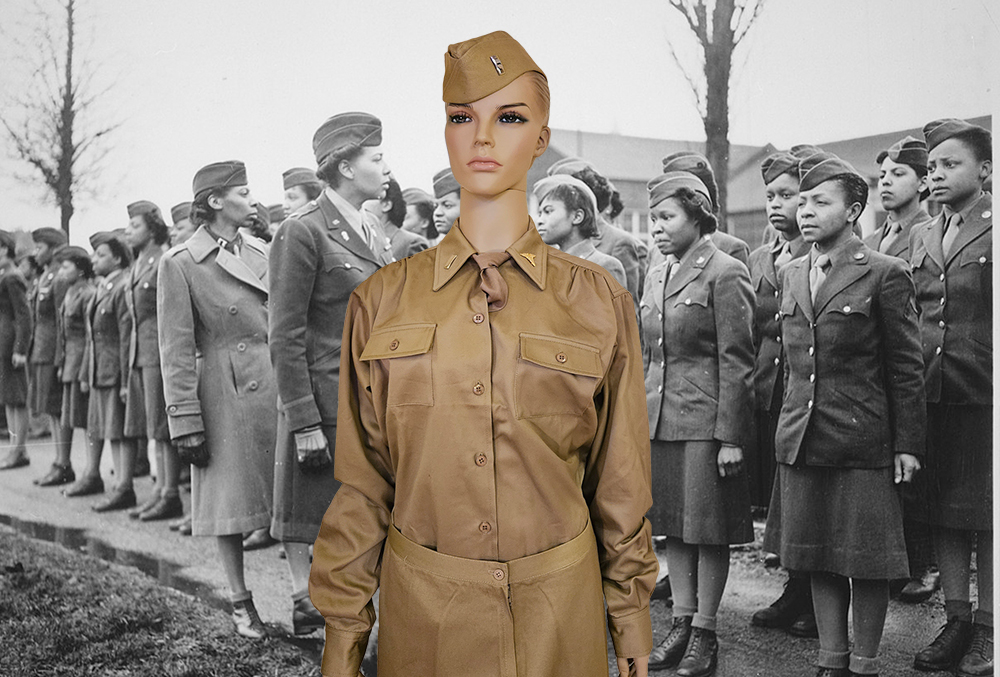
The Women's Army Corps (WAC) was the women's branch of the United States Army. It was created as an auxiliary unit, the Women's Army Auxiliary Corps (WAAC) on 15 May 1942 .

On June 6th, 1944, American soldiers stormed the beaches of Utah and Omaha, The British taking Gold and Sword and the Canadians took Juno thus breaking the Atlantic wall and beginning the liberation of Western Europe.
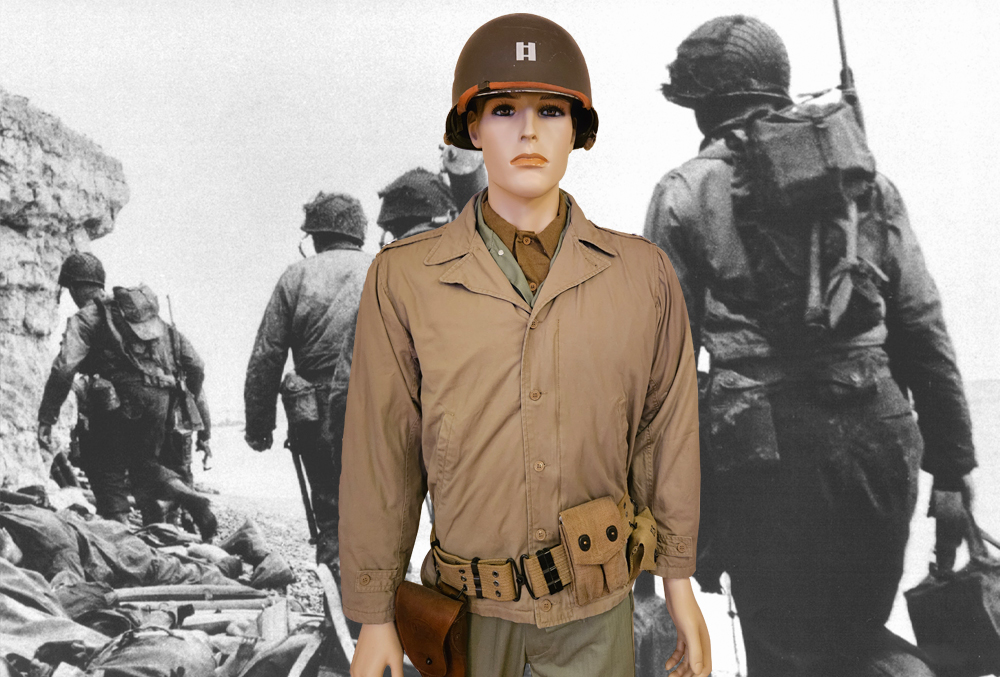
On June 6t,h 1944, men of the US 2nd Rangers managed to secure the strategic high ground and silence a small battery of long-range German guns that had been moved inland. The battle for Pointe du Hoc became one of the most heroic moments of the D-Day
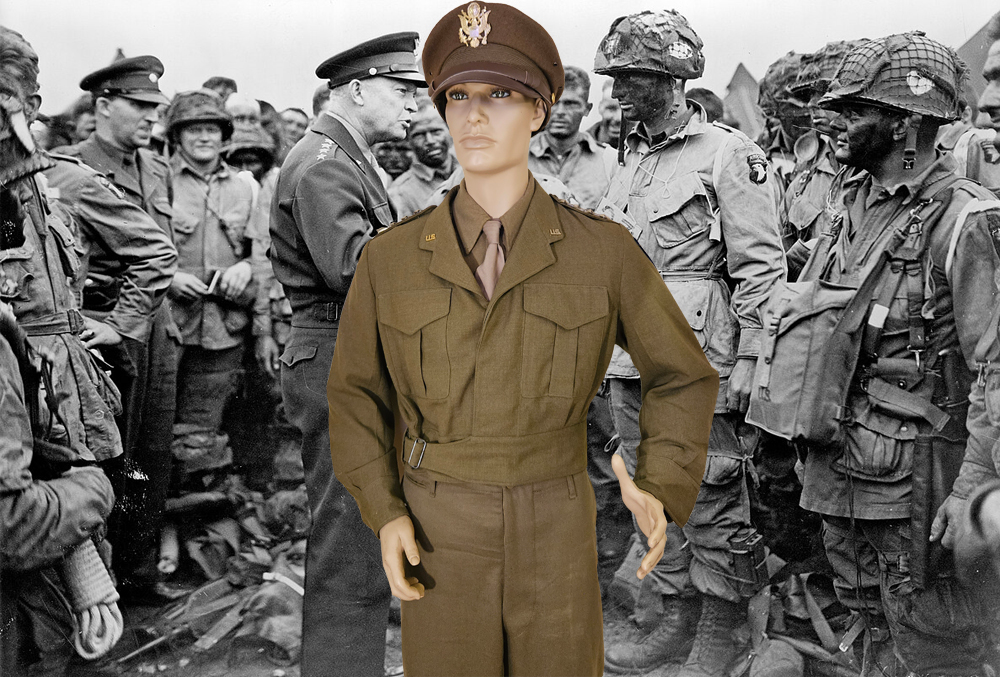
Allied commanding officer June 6t,h 1944.
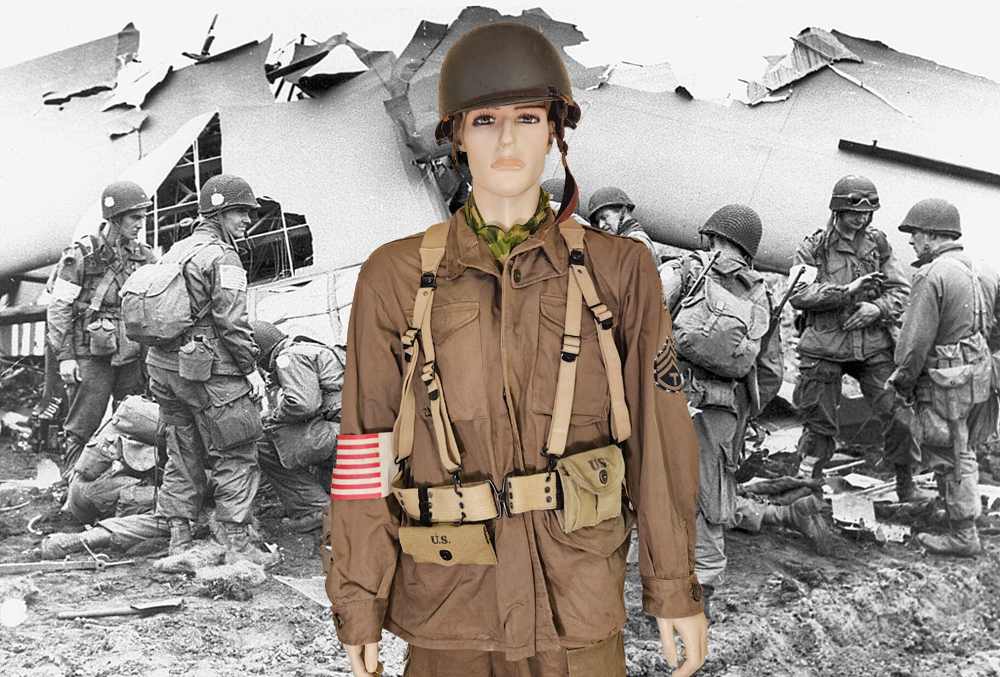
The 'Market Garden' plan employed all three divisions of First Allied Airborne Army. The US 101st Division was ordered to capture Eindhoven, and bridges over the canals and rivers north of the town.
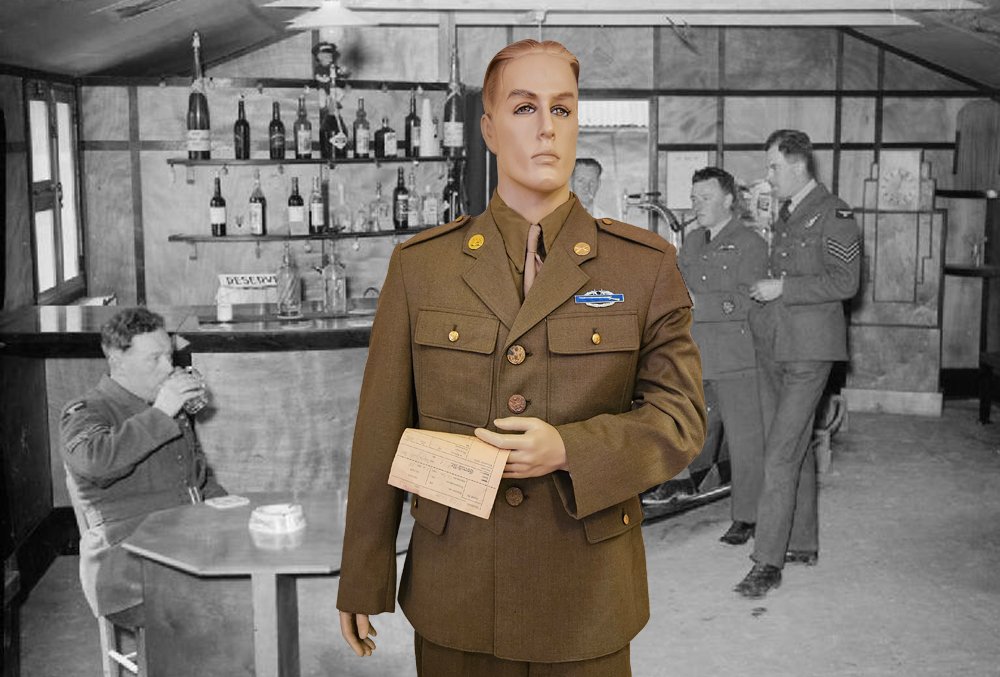
American 101st Airborne paratrooper in an A-class uniform in an English pub 1944
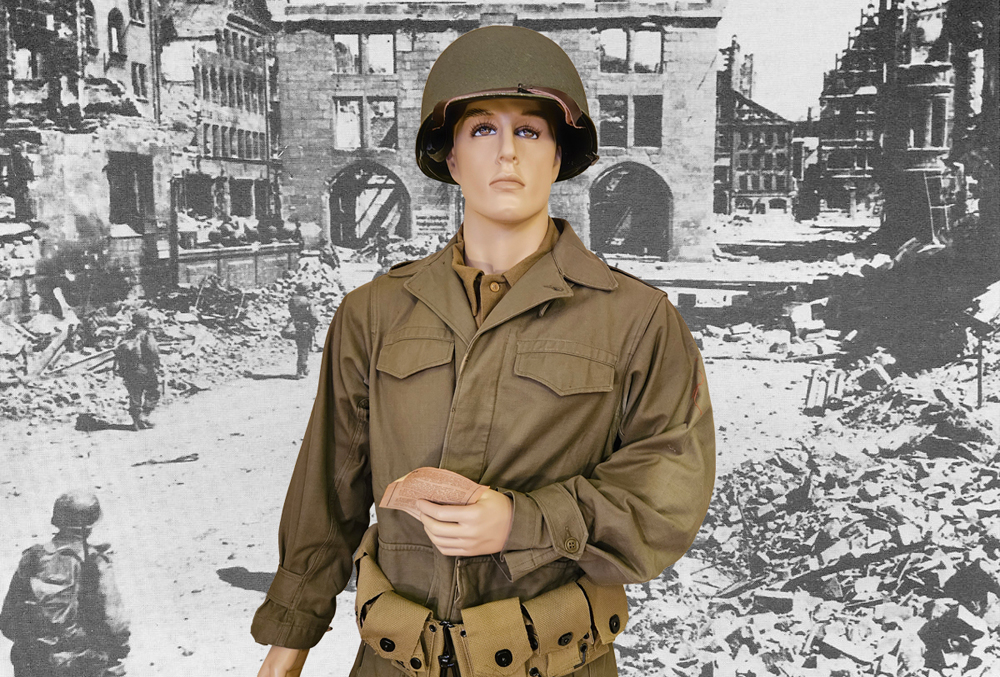
American GI late War 1945 in the occupation of Germany

American MP 1945 in the occupation of Germany

Soviet officer Cold War era

Soviet WW2 veteran
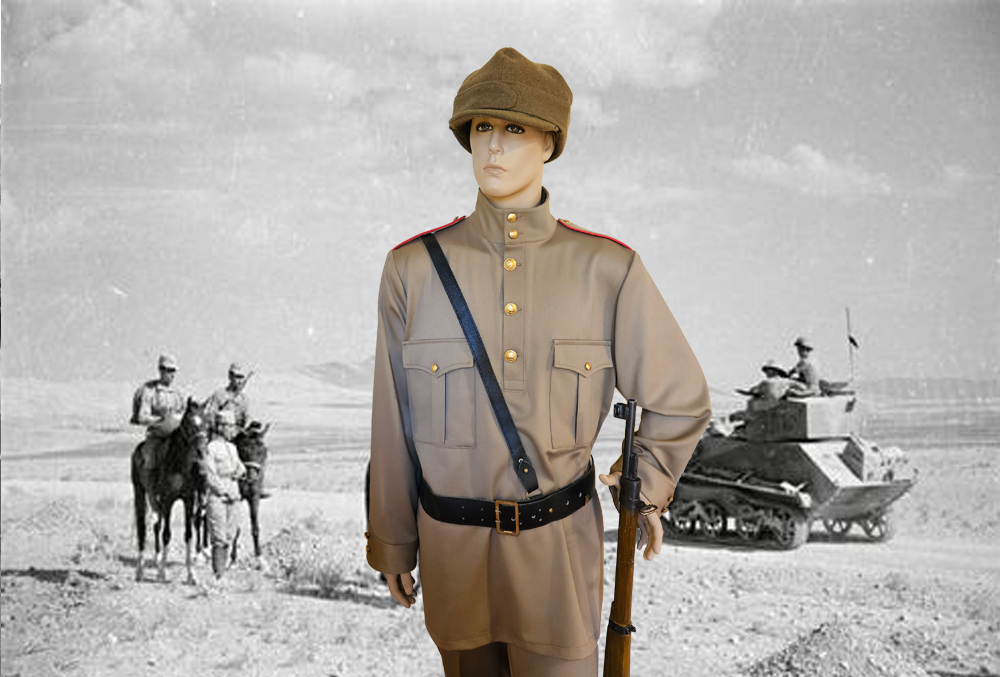
Iranian soldier August 1941. During the Anglo-Soviet invasion of Iran in August 1941 the Iranian high command gave the order that all soldiers, sailors, and airmen were to not resist to avoid further casualties, before issuing the order little resistance was faced by the Anglo-Soviet forces mostly by the Iranian Imperial navy and some Iranian border guards.

Iranian officer 1930s and 1940s

Iranian post WW2 soldier 1950s
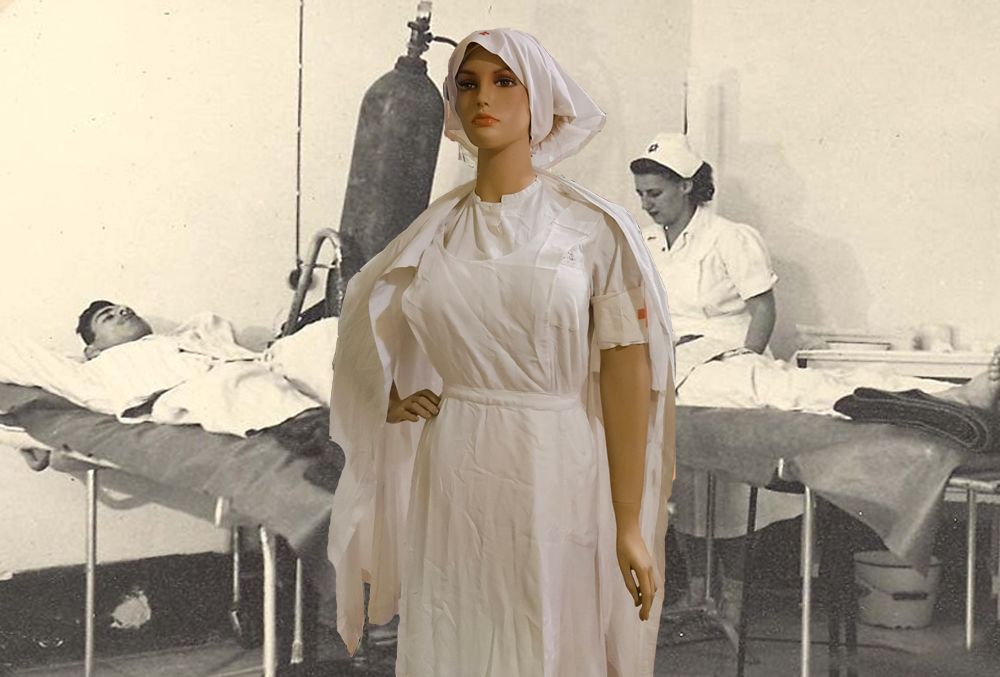
French nurse early war years 1940

The Persian Gulf Command symbol from WWII
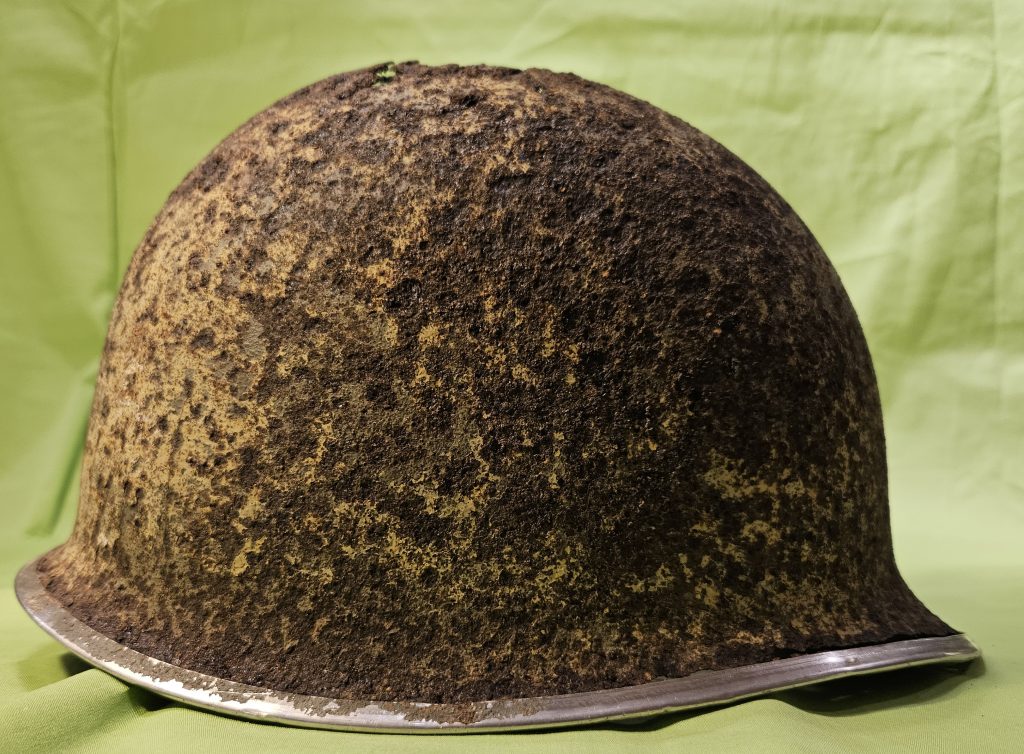
US M1 Helmet found in Bastogne
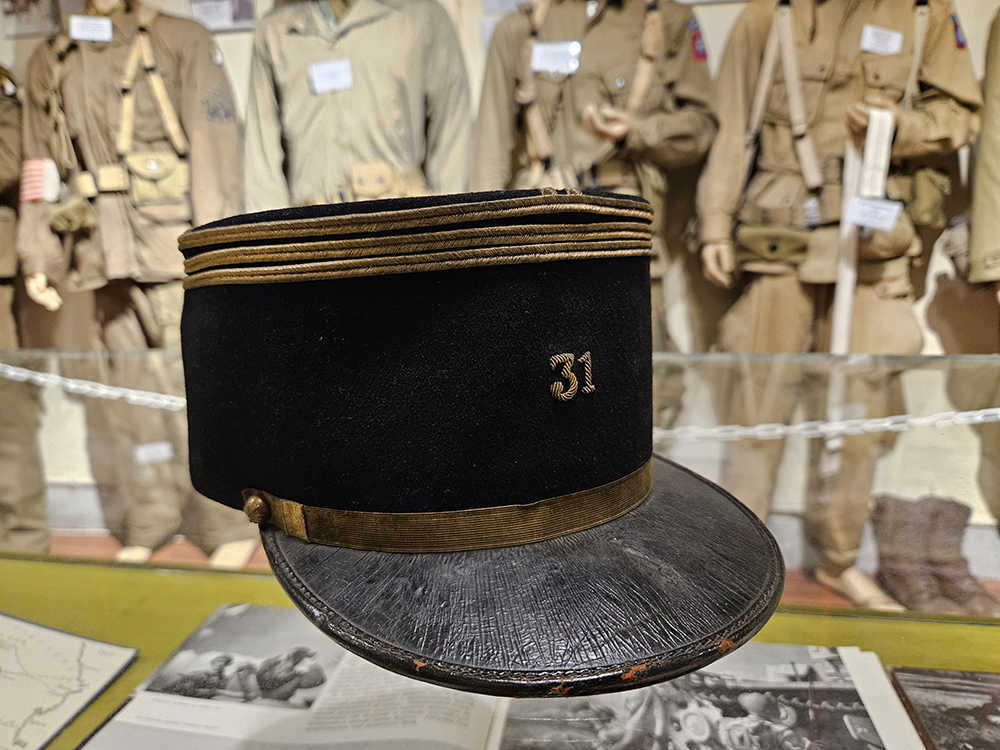
French WW2 kepi hat for artillery officers

Original uniforms from the Allies during WW2 such as the fully original US late war sergeant with an m43 uniform and a m1 helmet, A French nurse, A melton winter coat, A Dutch officer uniform for the late war, A WAC coat and a French naval medical officer uniform.

Iranian soldiers training with a machine gun 1930s

British Brodie helmet

"Vive les Allies" from VE day 1945 in France

Photo of two Iranian soldiers in the 1930s
